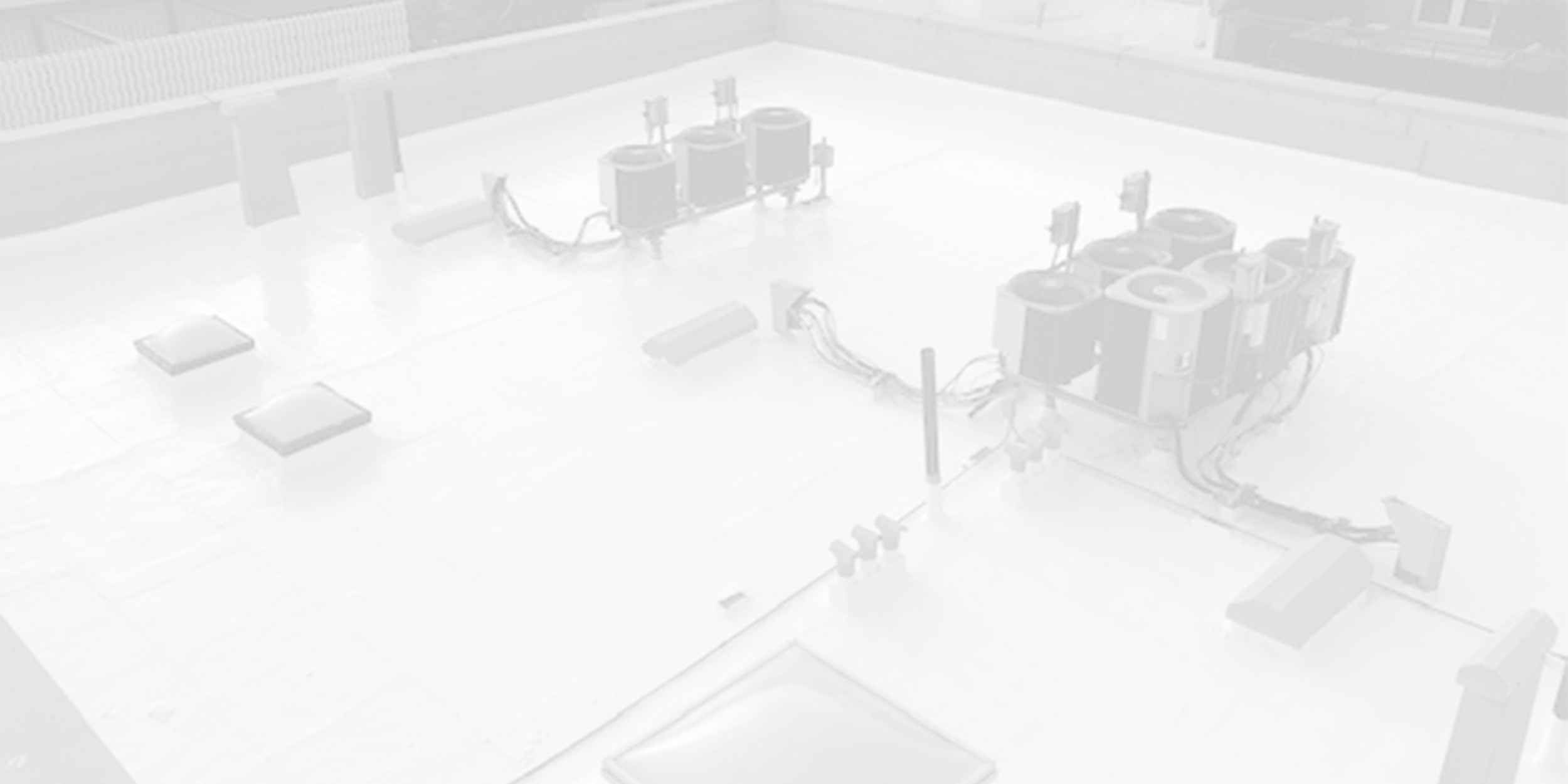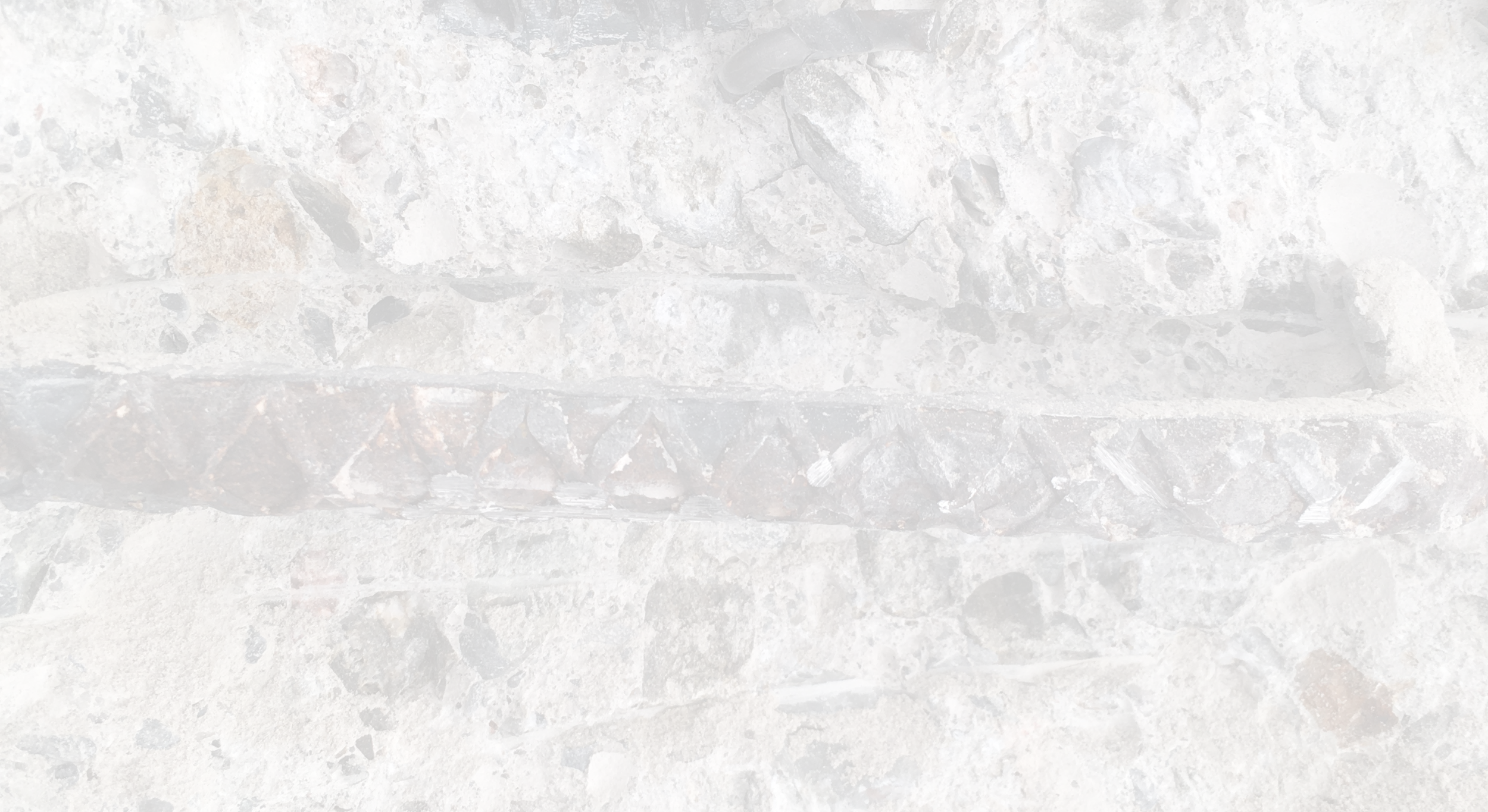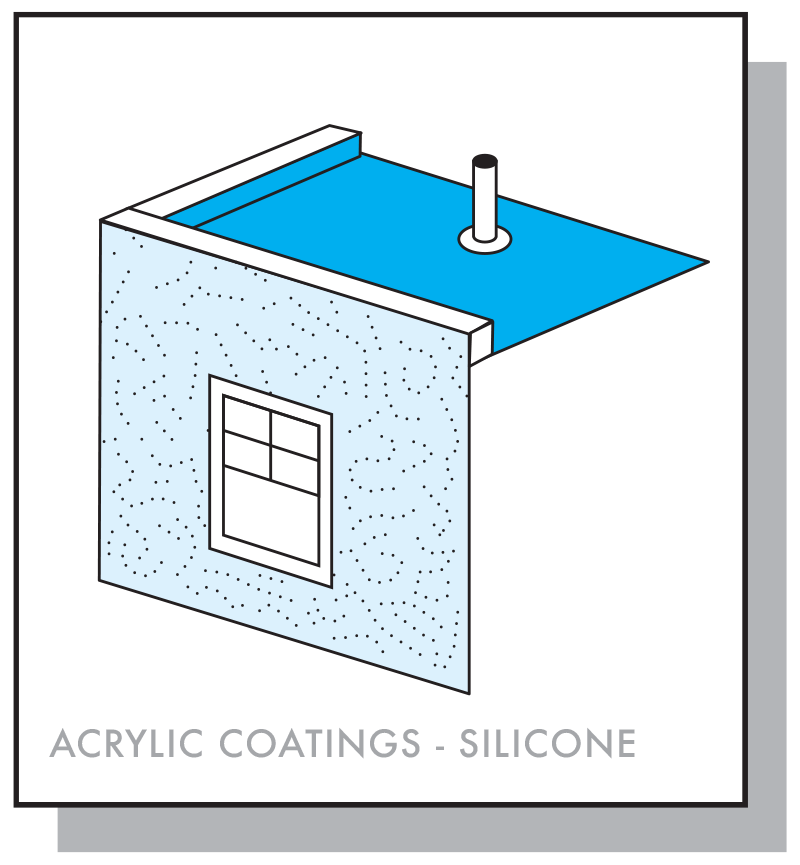
Roof Coatings
A fluid-applied finish designed to be applied over low slope, asphalt, modified bitumen, metal, concrete, TPO, PVC, and EPDM roofs, we install both silicone and acrylic varieties of roof coating.
A newly installed roof coating should be inspected every five years for signs of damage or excessive wear.
Why Invest In Roof Coatings?
When the cost of a roof replacement is prohibitive, a new roof coating
can extend the life of the existing roof by 10-20 years!
Maintaining a leak-free roof prevents water intrusion, which can cause leaks and damage to interior surfaces, and damage to structural members.
By verifying the roof is a good candidate for a roof coating, and with proper preparation, a new roof coating can add many years of useful life to an existing roof, and help cool the roof and interior with its reflective qualities.
Some things to consider when it comes to installing roof coatings:
Make sure a qualified technical representative is involved early, to take important readings and core samples from the roof. With an infrared device, trapped moisture can be identified, and addressed, before it gets trapped under a new coating.
Consider the color of the roof coating - while most come in two colors (white or grey), the reflective quality of the white roof can have a big impact on neighbors.

Types of Buildings We Work On
SUCCESS STORIES
We don’t work without our amazing clients!
Services
-
Silicone roof coatings are a heavy-bodied elastomeric coating, suitable for low-slope applications over spray applied polyurethane foam, EPDM, PVC, aged acrylic coatings, concrete, asphalt BUR, granulated modified bitumen, and metal roofs.
-
Acrylic-elastomeric roof coatings are an economic alternative to the more robust silicone coatings. They can be used on metal, modified bitumen, asphalt, TPO, PVC, EPDM, Hypalon, and concrete roofs.
-
PMMA (Polymethyl Methacrylate) coating systems are a catalyzed resin and reinforcing fabric system used to flash roof elements, or even cover the entire roof.











